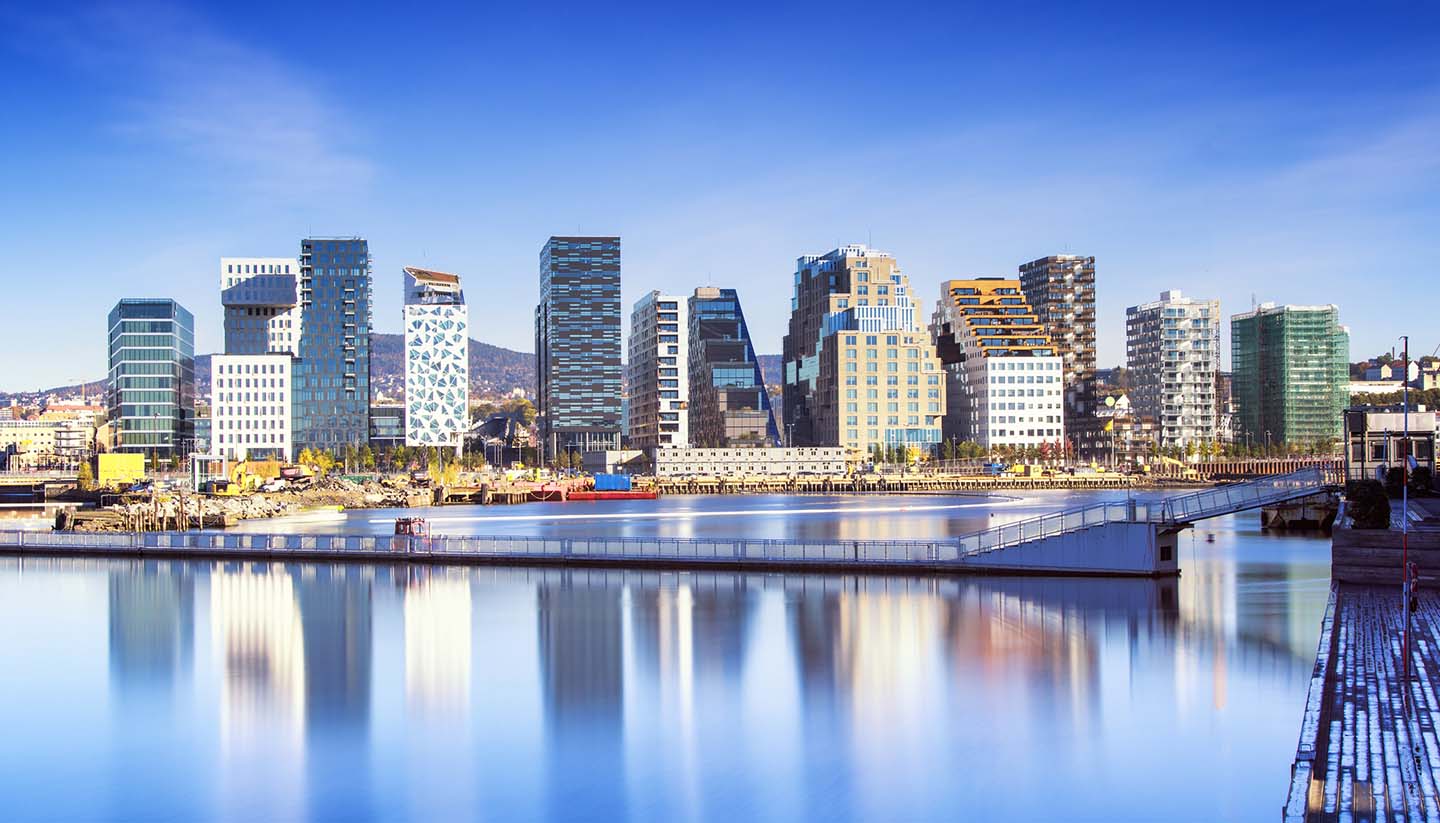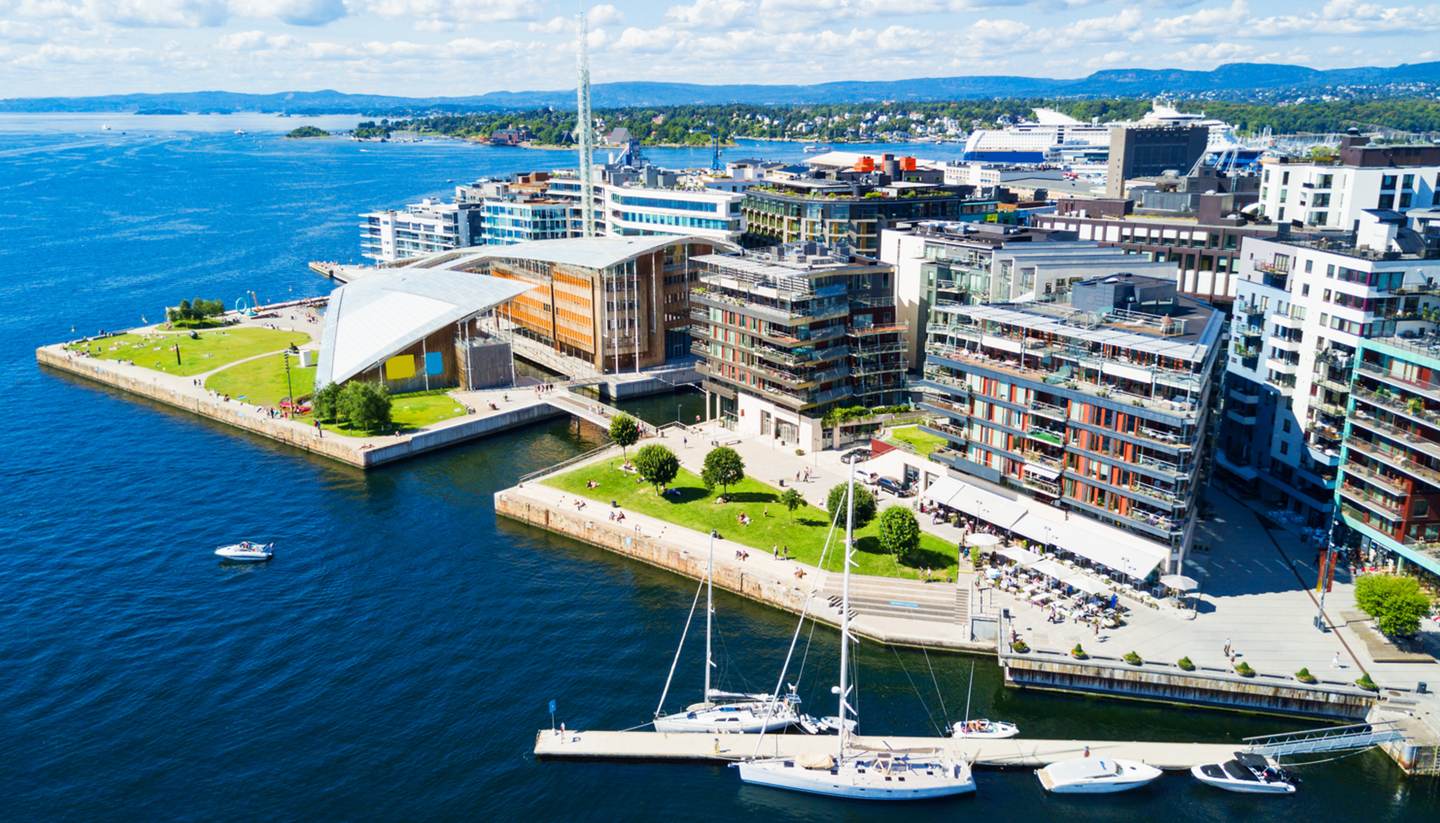Oslo History
Whether as Oslo, Christiana or Kristiania, the regularly renamed Norwegian capital has had a compelling past. The oldest of the Scandinavian capitals, it was founded in 1050 by King Harald Hardråda (Hard Ruler), who was killed in 1066 at the Battle of Stamford Bridge near York.
In the years following Harald’s demise, Christian kings such as Olav Kyrre turned Oslo into Norway’s spiritual centre as well as its military one and sparked a boom in church building. But Oslo’s success waned by the 13th century as Norway was reduced to a province of Denmark, ruled from Copenhagen.
Worse was to come as numerous fires gutted the wooden buildings of the city centre. It wasn’t until 1624 that a stone rebuild was ordered by King Christian IV of Denmark and Norway. But there was a price to pay – they had to rename the city Christiana in honour of the Danish king.
Oslo would remain Christiana for the next 300 years. It wasn’t until 1925 (20 years after Norway finally became independent) that the city’s Norwegian moniker was finally restored.
Despite political trials, the growing city became a major financial, military and administrative centre, with the Hanseatic League setting up shop in the city in the 15th century. The subsequent development of shipping, industry and forestry helped to cement the dominant role that Oslo still enjoys in the nation's economy today.
In more recent years, Oslo has undergone further expansion due to a boost in the city's financial standing from the wealth created by the discovery of vast oil reserves in the North Sea during the 1960s.
This has prompted a modern architectural face-lift, which is reflected in the development of the bustling docks and the lively retail and leisure sector around Aker Brygge - a transformed former warehouse area along the quay.
Did you know?
• Oslo has sent a huge Christmas tree to Britain each year since 1947 as a thank you for its support during WWII.
• Oslo is home to the Nobel Peace Prize which is presented every December at Oslo City Hall.
• Two of Edvard Munch's paintings, The Scream and Madonna, were stolen from the Munch Museum in Oslo on 22 August 2004. The thieves left a note that read: "thanks for the poor security."



